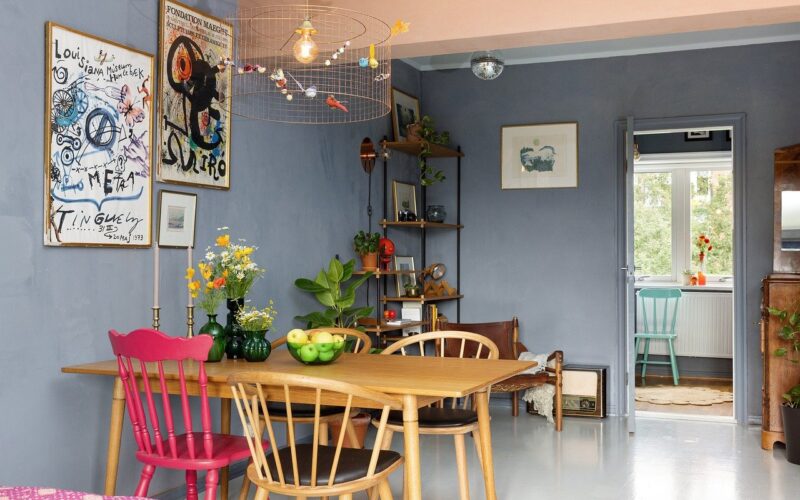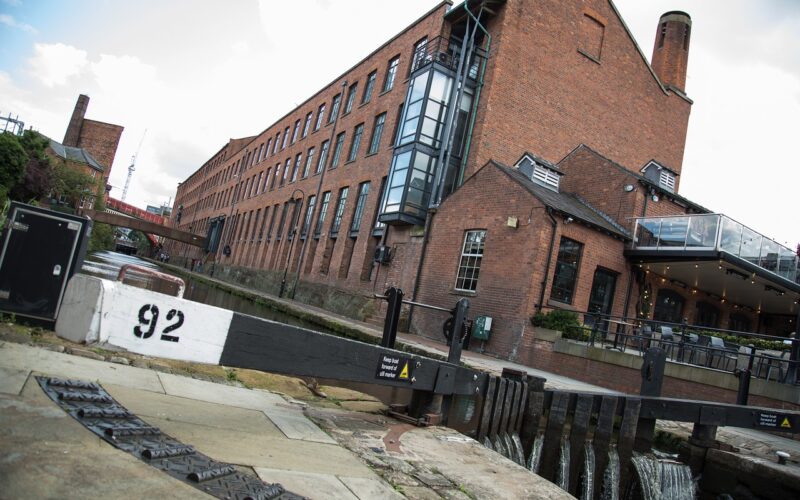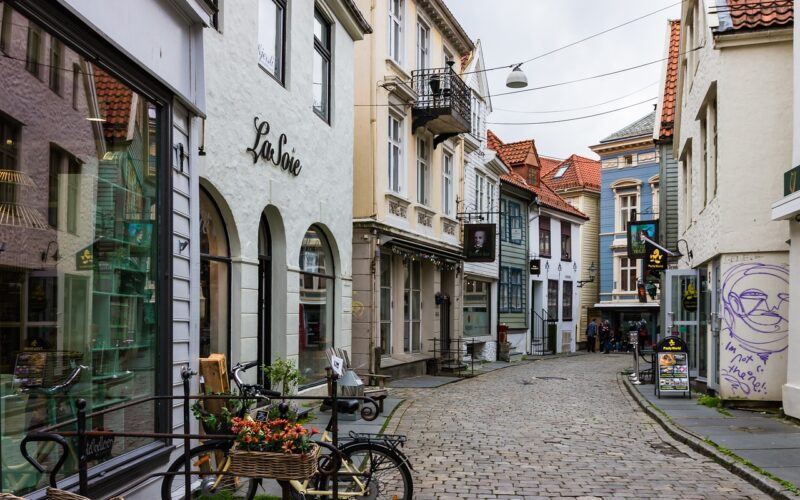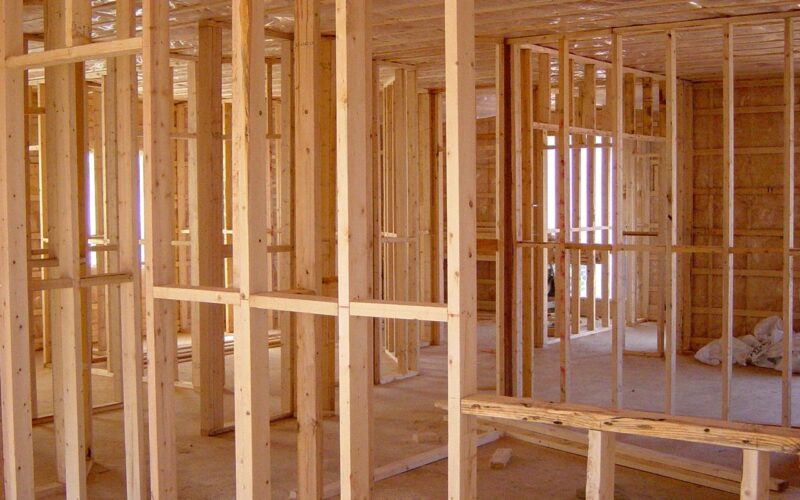Modern homeowners are increasingly seeking ways to align their living spaces with environmentally conscious values. From innovative energy solutions to sustainable materials, transforming a home into an eco-friendly sanctuary not only supports the well-being of our planet but can also lead to significant economic savings.
Starting with water conservation
One of the quickest wins in the quest for an eco-friendly home is water conservation. Start by hiring a reputable plumber to install low-flow faucets and showerheads in your bathroom. These fixtures minimise water usage without compromising on pressure, offering a simple yet effective way to reduce your water footprint. Additionally, modern toilets now come with dual-flush mechanisms, giving you the option to use less water for liquid waste. You'll not only save on your water bill but also reduce the strain on municipal water supplies and treatment facilities.
Energy-efficient central heating upgrades
Central heating systems are often the largest energy consumers in homes. Making smart upgrades here can have a profound impact on both the environment and your energy bills. Consider replacing your old boiler with an energy-efficient model that uses less fuel and generates fewer greenhouse gases. It is beneficial to seek advice from a specialist who can recommend the best system for your needs. Couples these improvements with proper insulation, like double-glazed windows and insulating your loft, creating a warmer home that requires less energy to heat.
Switching to renewable energy sources
For a more ambitious eco-friendly home project, look into the installation of solar panels or residential wind turbines. These renewable energy sources can significantly reduce reliance on fossil fuels and lower your carbon footprint. While the initial cost may seem high, the long-term savings and potential government incentives can make the investment highly worthwhile. Consult with professionals to determine the best renewable options for your home's location and structure.
Choosing sustainable materials and appliances
When remodelling or building, opt for sustainable materials such as bamboo, cork, or recycled wood. These materials are not only eco-friendly but also add natural beauty and durability to your home. Likewise, when it's time to replace appliances, go for those with high energy-efficiency ratings. Look for the Energy Star label, which is an excellent indicator of a device that minimises electricity usage, and remember to recycle older models responsibly.
Implementing smarter home technology
Eco-friendly living and smart home technology often go hand in hand. Devices such as programmable thermostats can be set to optimise heating and cooling systems based on your schedule, preventing energy waste when you're not home. Smart lighting solutions, including LED bulbs and intelligent controls, can also contribute to considerable energy savings while providing convenience and comfort.
Creating an eco-conscious garden
Don't forget the garden when upgrading your home. The use of native plants in landscaping can create a beautiful, low-maintenance exterior that supports local ecosystems and reduces the need for artificial irrigation. For urban dwellers with limited outdoor space, vertical gardens or rooftop plantings offer innovative ways to reintegrate greenery and improve air quality.
Building an ongoing eco-friendly mindset
Ultimately, an eco-friendly home is as much about the hardware as it is about the habits of those who live there. Encourage the whole family to adopt practices like recycling, composting, and conserving energy whenever possible. Educate yourselves on sustainability issues and keep looking for new ways to reduce your ecological impact. By committing to these practices, you ensure that your home remains a beacon of sustainability for years to come.
Transforming your home into an eco-friendly haven is a rewarding process that benefits both your family and the environment. With strategic upgrades in water conservation, central heating efficiency, materials, and energy sources, coupled with a willingness to adopt greener practices, any home can become a model of sustainability. Make the change today and become part of a brighter, kinder future for our planet.



















